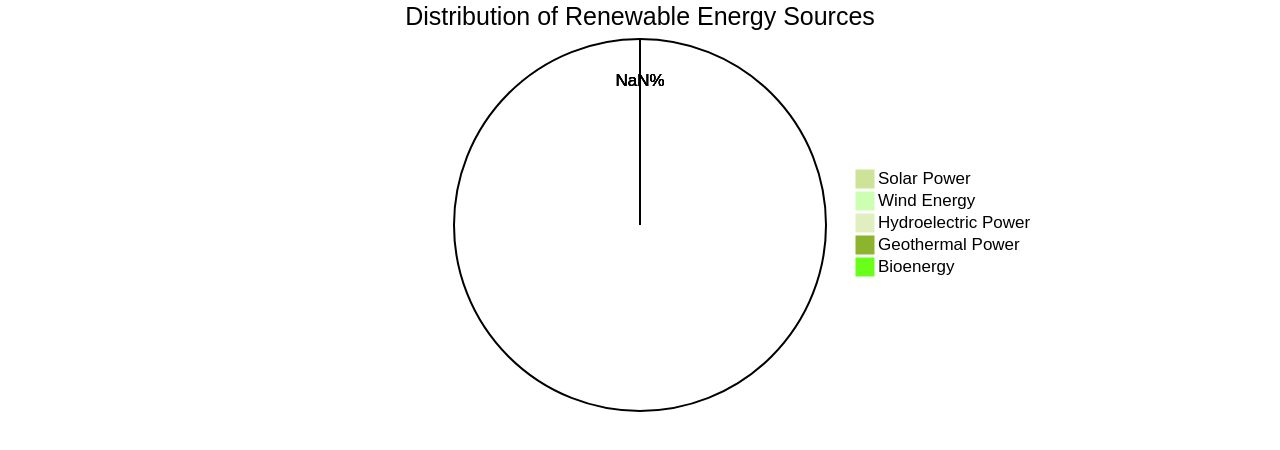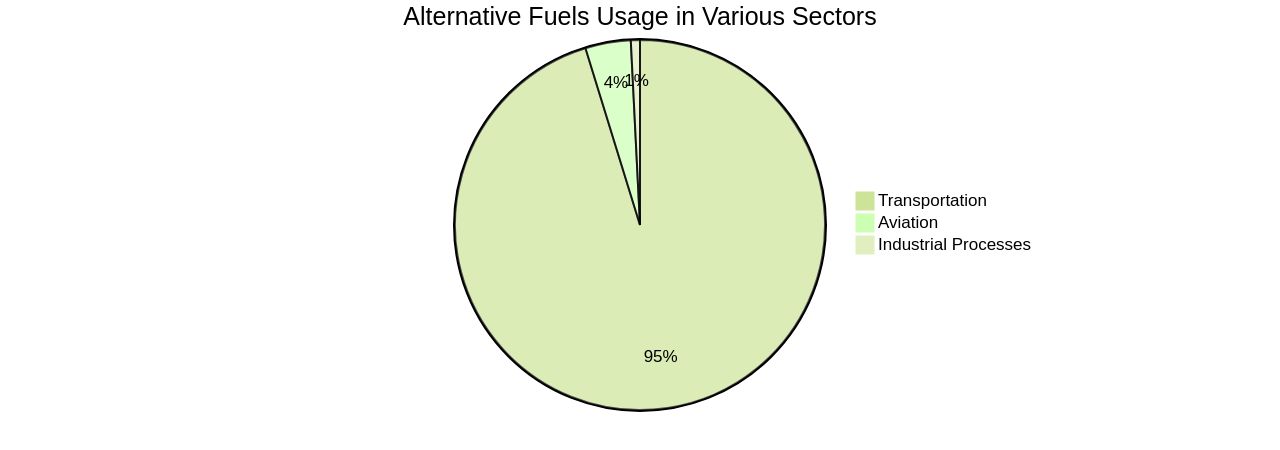Introduction
Grasping the interconnection between sustainable energy and fuels involves an in-depth understanding of renewable energy sources and their impact on the environment. From solar power and wind energy to hydroelectric power and bioenergy, these sources offer a way to reduce reliance on fossil fuels and decrease carbon emissions.
In this article, we will explore the role of sustainable fuels derived from renewable resources and their crucial contribution to mitigating the environmental impact of carbon emissions. We will also delve into the synergy between sustainable energy and fuels, examining how technologies like solar panels and wind turbines play a vital role in the production of green fuels. Join us as we dive into the technical insights and analysis surrounding the renewable fuels industry.
Understanding Sustainable Energy
Grasping the interconnection between sustainable energy and fuels involves an in-depth understanding of sustainable energy. This term encompasses energy sources that naturally replenish and cause minimal environmental damage.
Examples include solar power, wind energy, hydroelectric power, geothermal power, and bioenergy. By harnessing these renewable energy sources, we can reduce our reliance on fossil fuels and lessen carbon emissions.
Institutions like Instituto Costarricense de Electricidad (ICE), a state-owned electricity utility in Costa Rica, have been generating nearly all of their electricity from renewable sources for almost a decade, offering a striking contrast to the Us' 20% dependence on renewable sources. The city of Friesach in Austria, famed for its solar heating installation, and NRG, which has been supplying 100% renewable energy to the Empire State Building since 2011, further underscore the viability of renewable energy.
While solar photovoltaics and wind power have been instrumental in the transition to less carbon-intensive and more sustainable energy systems, electricity accounts for only a fraction of global energy consumption. Consequently, there is an urgent demand for renewable energy sources in transportation and heating.
One such solution is flexiforming, a technology offered by Unifuel.tech. Flexiforming allows operators to select their pace of decarbonization and can be implemented in an idle hydrotreater or reformer, reducing both capital expenditure and carbon intensity. Transitioning from fossil fuels to clean, accessible, affordable, sustainable, and reliable alternative energy sources is key to achieving net-zero emissions by 2050, a goal strongly endorsed by scientists worldwide. Countries like Iceland, Norway, and Sweden are leading this shift, with renewable energy accounting for 87% of Iceland's total energy generation. In essence, the shift to renewable energy represents not only an environmental necessity but also a business opportunity, as exemplified by ICE, Friesach, NRG, and Unifuel.tech.

The Role of Sustainable Fuels
Alternative fuels, also known as sustainable fuels, are derived from renewable resources. These fuels have a significantly lower carbon footprint than traditional fossil fuels and are widely used in various sectors, including transportation, aviation, and industrial processes.
Their production is crucial for reducing our dependence on fossil fuels and mitigating the environmental impact of carbon emissions. For instance, a unique technology from LanzaTech is used in the ethanol production process at a steel mill in Ghent.
This process involves fermenting gases produced during steel production using ethanol-producing microbes. A life cycle assessment (LCA) based on data from the Ghent plant is being developed by E4tech to understand the environmental impact of this type of fuel, including greenhouse gas emissions and potential environmental concerns.
Researchers have also demonstrated that CO2 can be captured from industrial processes or directly from the air and converted into clean, sustainable fuels using solar energy. A solar-powered reactor developed by the University of Cambridge researchers can convert captured CO2 and plastic waste into sustainable fuels and other valuable chemical products.
The aviation industry, a significant contributor to carbon dioxide emissions, is increasingly focusing on the development and use of sustainable aviation fuels (SAFs). SAFs, derived from various sources, are compatible with existing aircraft and are being promoted by new policies in both the European Union and the US. In this quest for sustainable fuels, Unifuel.tech's Flexiforming technology offers a unique solution. It allows operators to control their decarbonization pace and can be deployed in an idle hydrotreater or reformer, reducing both capital expenditure and carbon intensity. This technology is a significant step towards the production of cleaner fuels, contributing to the broader goal of decarbonization of various industries, including aviation.

The Synergy Between Sustainable Energy and Fuels
The production of sustainable fuels is deeply intertwined with the harnessing of renewable energy sources. Technologies such as solar panels and wind turbines serve as the backbone of this process, generating electricity that powers electrolysis and biomass conversion systems.
The result is the production of green fuels like hydrogen, biofuels, and synthetic fuels. Renewable energy not only contributes to a more sustainable and resilient energy system but also has the potential to impact the entire global population of over 7.88 billion people.
Moreover, around 87% of Iceland's energy, followed by Norway and Sweden, is generated from renewable sources, highlighting the global shift towards renewable energy. Notable examples of this synergy can be seen in projects like HyFlexPower, where electricity generated from renewable energy is transformed into green hydrogen, which is stored and later used to power a turbine to generate electricity during periods with no sun or wind.
Similarly, Ørsted, a Denmark-based renewable-focused energy company, transformed their business model to become a renewable energy company in response to declining fossil fuel business. However, transitioning to renewable energy is not without challenges. As Fatih Birol, head of the International Energy Agency, put it, “No energy company will be unaffected by clean energy transitions. Every part of the industry needs to consider how to respond. Doing nothing is simply not an option.”
By harnessing renewable energy to produce sustainable fuels, we are not just minimizing carbon emissions and maximizing resource efficiency, but also creating a closed-loop system that could potentially revolutionize the energy industry.

Conclusion
In conclusion, sustainable energy and fuels are intricately connected in the quest for a cleaner, greener future. Renewable energy sources like solar power and wind energy offer a viable alternative to fossil fuels, reducing carbon emissions and reliance on non-renewable resources.
Institutions like Instituto Costarricense de Electricidad (ICE) in Costa Rica and cities like Friesach in Austria demonstrate the feasibility of renewable energy adoption. Technologies such as flexiforming by Unifuel.tech provide flexible solutions for decarbonization, reducing costs and carbon intensity.
Sustainable fuels derived from renewable resources, such as LanzaTech's ethanol production process and solar-powered reactors developed by the University of Cambridge, show promise in minimizing environmental impact. The aviation industry is also embracing sustainable aviation fuels (SAFs) to combat carbon dioxide emissions.
Solar panels and wind turbines play a crucial role in generating clean electricity for fuel production through electrolysis and biomass conversion. Transitioning to renewable energy presents both environmental necessity and business opportunities.
By harnessing renewable energy to produce sustainable fuels, we can significantly reduce carbon emissions while maximizing resource efficiency. This transition has the potential to revolutionize the entire energy industry. In summary, the integration of sustainable energy and fuels is essential for a sustainable future with reduced carbon emissions. Renewable energy sources and innovative technologies offer practical solutions for mitigating environmental impact. Through collaboration and continued innovation, we can accelerate the shift towards a cleaner, more resilient global energy system.
Join Universal Fuel Technologies today and be a part of the clean energy revolution!




